El autismo comprende un conjunto de dificultades, pero cada vez hay más pruebas que sugieren que ciertas capacidades también definen la condición.
Encontrando las fortalezas del autismo

Ya estamos a la vuelta del fin de semana para que se inicie un nuevo calendario escolar. Las escuelas y las aulas aguardan un ciclo de expectativas donde los niños, los padres y los docentes, principalmente, ya se preparan para las clases. Ya desde hace una semana los niños han debido irse a la cama tempranamente para ajustar sus horarios de sueño. El inicio del año escolar es un período donde todos en la familia guardan expectativas que buscan llevar a la meta en una sola pieza.
Igual de oportuno es comenzar desde las primeras semanas a prepararse para afrontar el sucesivo progreso de la actividad académica. Sabemos que la primera semana es de recibimientos, juegos y actividades que permiten que el grupo se conozca. Los docentes, en esta primera semana, igualmente observan en detalles a su nuevo grupo de estudiantes y van anticipando lo que va a ser su nuevo año escolar.
Pero invariablemente la escuela va tomando auge y con éste se van profundizando los contenidos curriculares, las evaluaciones y todas las actividades educativas que implican que los niños pongan a prueba sus destrezas y habilidades, para consolidar sus aprendizajes y abrirse paso en el complejo campo del conocimiento y de la experiencia.
Autismo y aprendizaje.
Los niños con trastorno del espectro autista tienen una forma muy particular de aprender que se relaciona con su perfil cognitivo de funcionamiento. Es del dominio público la fortaleza visual que poseen y las habilidades en diferentes áreas curriculares. Sin embargo, así como habitan la fortaleza, habitan las debilidades. Es por ello que es importante desde las primeras semanas de clases que nos propongamos manejar en casa rutinas de estudio apoyadas en técnicas de estudio apropiadas.
Algunos expertos sugieren que los autistas pueden tener un mejor rendimiento en las tareas de búsqueda visual, debido a su mayor atención a los detalles. La atención a los detalles visuales se correlaciona con los rasgos del autismo, según un estudio de 2020, y trabajos anteriores sugieren que los autistas tienden a centrarse en los detalles más que los no autistas en determinadas circunstancias.
Encontrando las fortalezas del autismo
En atención a estos apuntes, es razonable que en casa utilicemos material gráfico como mediador de los aprendizajes. Para los exámenes, exposiciones, interrogatorios y demás variadas formas de evaluación, sería muy acertado que se animen a trabajar con:
Mapas mentales. Su uso es muy variado, permite desglosar la información con palabras e imágenes relacionadas entre sí y con los textos.
Mapas conceptuales. El desglose de la información permite la visualización total del tema; pero al mismo tiempo quedan expuestas sus relaciones internas.
Infografías. Permite representar en forma visual un tema, relacionando breves textos, imágenes, datos, iconos, y una variedad de recursos gráficos que ayudan al niño a entender y explicar con mayor facilidad y rapidez un tema.
Carteles educativos: se cuelgan en las paredes con recordatorios claves como, tablas de multiplicar, conceptos, definiciones, entre otros.
Afiches. De libre creación, el niño puede poner todo su ingenio, creatividad y entusiasmo en plasmar un contenido escolar de la forma cómo lo comprende y explicarlo.
Desde mi experiencia docente y psicopedagógica, utilizar este tipo de recursos, donde la vista es el principal medio para canalizar los aprendizajes. Muy importante, una vez conseguido que el niño se interese, los demás sentidos se conectan, formado una red muy susceptible para aprender.
Los organizadores gráficos han evolucionado desde simples cuadros sinópticos hasta complejas herramientas de aprendizaje. La idea de organizar información gráficamente se remonta a las propuestas de David Ausubel y su concepto de organizadores previos, que facilitan la conexión entre el conocimiento nuevo y el existente. Innovadores como Joseph D. Novak y Tony Buzan contribuyeron al desarrollo de los mapas conceptuales y los mapas mentales, respectivamente, que permiten una representación más dinámica y flexible de las relaciones entre conceptos.
La Importancia de los Organizadores Gráficos en la Educación
Arjen Alink, becario postdoctoral del Centro Médico Universitario de Hamburgo-Eppendorf (Alemania), dijo que...
"Las personas con autismo podrían ver el mundo a través de un filtro que aumenta la intensidad de los detalles de las imágenes que ven en cada momento de su vida"
Docentes y padres, si hacemos caso a la caracterización del perfil cognitivo del niño autista, nos daremos cuenta que cuando introducimos apoyos visuales, los aprendizajes suelen ser más divertidos, fáciles y significativos, lo que permite que la motivación se instale como un factor a permanecer en las jornadas de estudio.
Soy Sandra Cabrera, licenciada en Dificultades para el Aprendizaje, con estudios de postgrado en Educación Especial Integral, Planificación Educativa y Literatura Infantil. Si te interesan los temas sobre educación especial, la discapacidad y las condiciones especiales del desarrollo, puedes contactarme a través de los números 04128032993 y 0412 8333334 y en:
El canal de Telegram, Trastornos del Aprendizaje.
En las redes sociales Instagram y Facebook1 y Facebook2. Sandra Cabrera Psicopedagoga.
En la cuenta de spreaker, @sandracabrerapodcast.
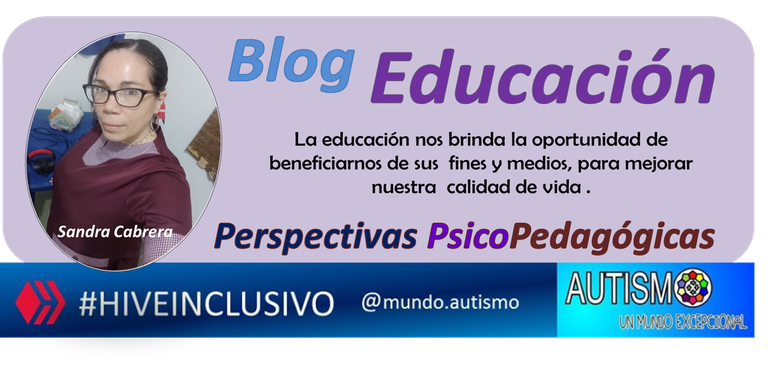
Traducción con Google.
Autism encompasses a range of difficulties, but there is growing evidence to suggest that certain abilities also define the condition.
Finding Autism's Strengths

We are already back from the weekend for The beginning of a new school calendar. Schools and classrooms are awaiting a cycle of expectations where children, parents and teachers, mainly, are already preparing for classes. For a week now, children have had to go to bed early to adjust their sleep schedules. The beginning of the school year is a period where everyone in the family has expectations that they seek to reach the goal in one piece.
It is equally opportune to begin from the first weeks to prepare to face the successive progress of academic activity. We know that the first week is about welcomes, games and activities that allow the group to get to know each other. Teachers, in this first week, also observe in detail their new group of students and anticipate what their new school year will be like.
But invariably the school is gaining momentum and with it the curricular contents, the evaluations and all the educational activities that imply that the children put their skills and abilities to the test are deepened, to consolidate their learning and make their way in the complex field of knowledge and experience.
Autism and learning.
Children with autism spectrum disorder have a very particular way of learning that is related to their cognitive functioning profile. It is public knowledge of the visual strength they possess and the skills in different curricular areas. However, just as they inhabit strength, they inhabit weaknesses. That is why it is important from the first weeks of school that we propose to manage study routines at home supported by appropriate study techniques.
Some experts suggest that autistic people may perform better on visual search tasks, due to their greater attention to detail. Attention to visual details correlates with autism traits, according to a 2020 study, and previous work suggests that autistic people tend to focus on details more than non-autistic people in certain circumstances.
Finding the strengths of autism
In light of these notes, it is reasonable that we use graphic material at home as a mediator of learning. For exams, presentations, interrogations and other various forms of evaluation, it would be very appropriate to encourage them to work with:
Mind maps. Their use is very varied, allowing information to be broken down with words and images related to each other and to the texts.
Concept maps. The breakdown of information allows for the total visualization of the topic; but at the same time its internal relationships are exposed.
Infographics. They allow a topic to be represented visually, relating brief texts, images, data, icons, and a variety of graphic resources that help the child understand and explain a topic more easily and quickly.
Educational posters: They are hung on the walls with key reminders such as multiplication tables, concepts, definitions, among others.
Posters. Freely created, the child can put all his ingenuity, creativity and enthusiasm into capturing school content in the way he understands it and explaining it.
From my teaching and psychopedagogical experience, using this type of resources, where sight is the main means to channel learning. Very important, once the child is interested, the other senses are connected, forming a network very susceptible to learning.
Graphic organizers have evolved from simple synoptic tables to complex learning tools. The idea of organizing information graphically dates back to the proposals of David Ausubel and his concept of prior organizers, which facilitate the connection between new and existing knowledge. Innovators such as Joseph D. Novak and Tony Buzan contributed to the development of conceptual maps and mental maps, respectively, which allow a more dynamic and flexible representation of the relationships between concepts.
[The Importance of Graphic Organizers in Education] Education](https://cards.algoreducation.com/es/content/AoBu-gVN/importance-graphic-organizers-education)
Arjen Alink, a postdoctoral fellow at the University Medical Center Hamburg-Eppendorf (Germany), said that...
"People with autism could see the world through a filter that increases the intensity of the details of the images they see at every moment of their life"
Teachers and parents, if we pay attention to the characterization of the cognitive profile of the autistic child, we will realize that when we introduce visual supports, learning is usually more fun, easier and meaningful, which allows motivation to become a factor to remain in the study days.

I am Sandra Cabrera, a graduate in Learning Disabilities, with postgraduate studies in Comprehensive Special Education, Educational Planning and Children's Literature. If you are interested in topics on special education, disabilities and special developmental conditions, you can contact me through the numbers 04128032993 and 0412 8333334 and at:
The Telegram channel, Learning Disorders.
On social networks Instagram and Facebook1 and Facebook2. Sandra Cabrera Psychopedagogue.
On the spreaker account, @sandracabrerapodcast._
Translation with Google.
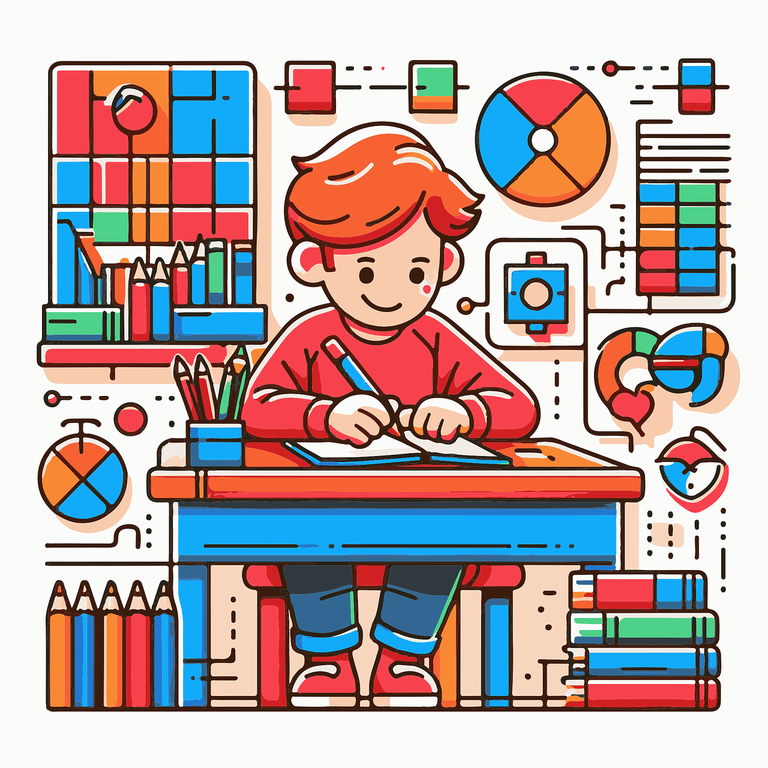
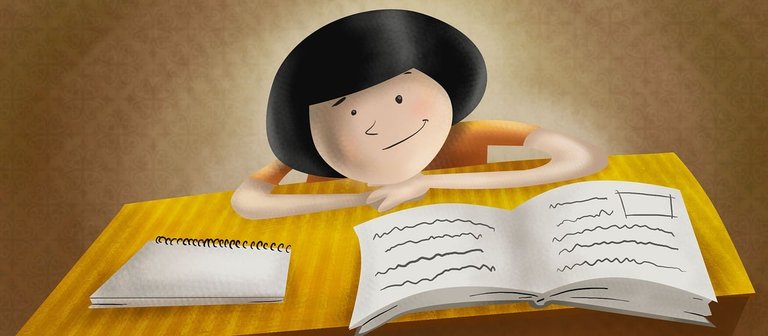
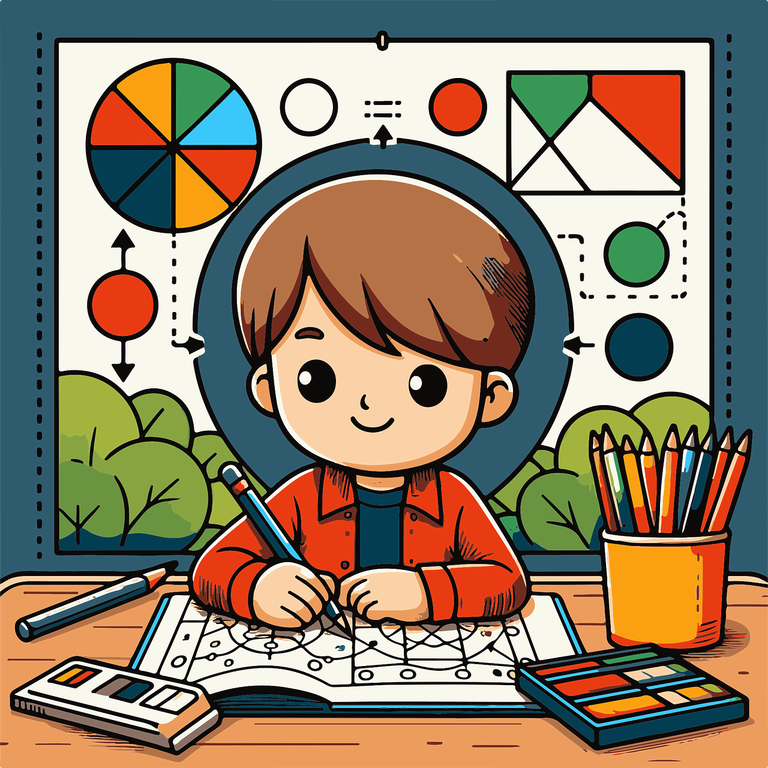
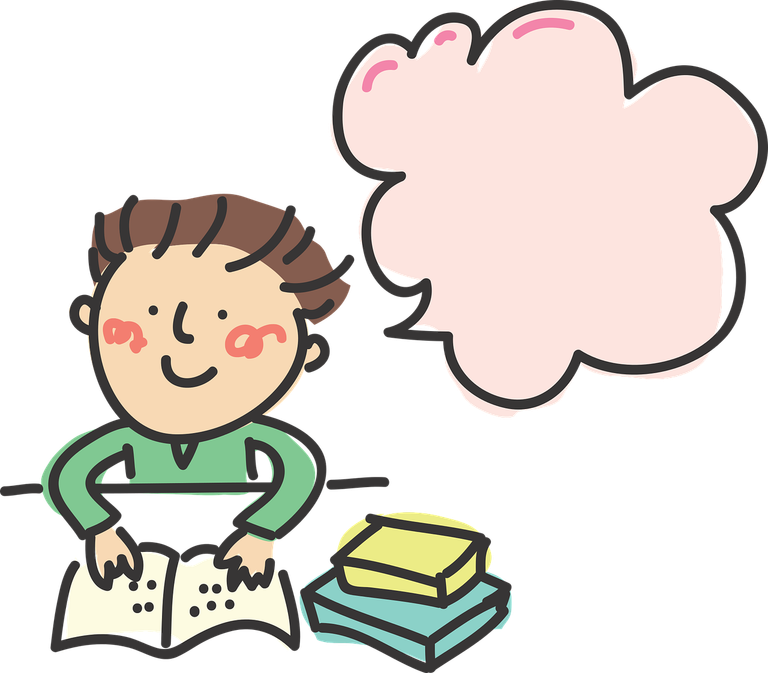
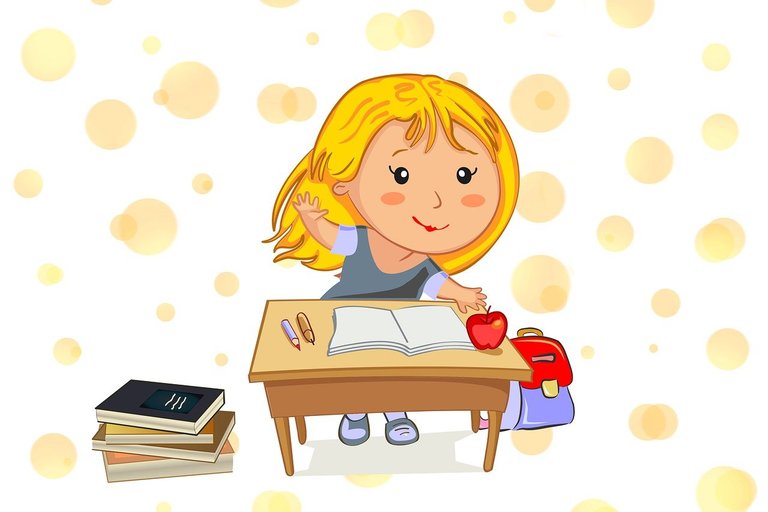
¡Bienvenidas las Delegaciones / Welcome Delegations
Trail de Curación / Curation Trail
Congratulations @sandracabrera! You have completed the following achievement on the Hive blockchain And have been rewarded with New badge(s)
Your next target is to reach 58000 upvotes.
You can view your badges on your board and compare yourself to others in the Ranking
If you no longer want to receive notifications, reply to this comment with the word
STOPCheck out our last posts:
@tipu curate 8
Upvoted 👌 (Mana: 0/75) Liquid rewards.